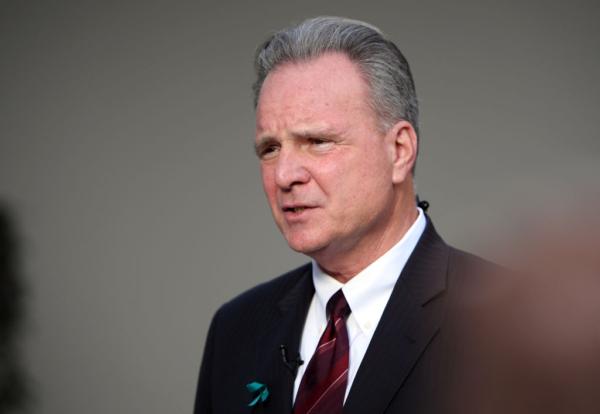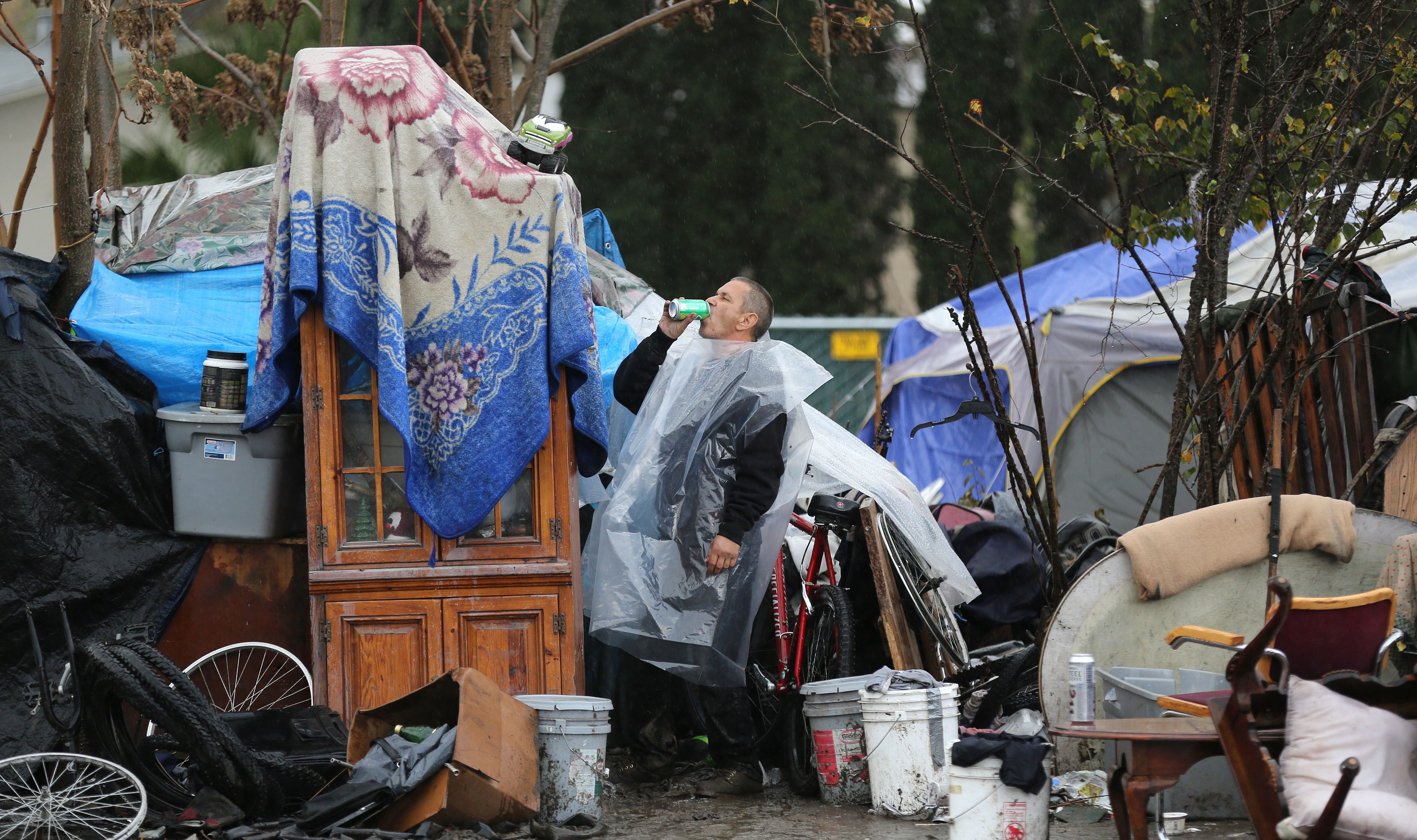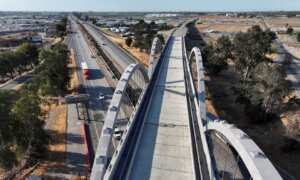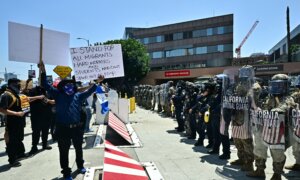California state Sen. Dave Cortese said he requested an audit of California’s spending on homelessness because he wanted to know what the cities were doing with the money, whether their practices could be improved, and whether something could be done better at the state level.
Cortese discussed the audit on a recent episode of EpochTV’s “Bay Area Innovators.”
He said $24 billion had been invested throughout the state of California by the time the audit came out. According to him, with that kind of money spent on 58 counties, homelessness should have been wiped out.
“We want homelessness to be resolved, to be eradicated, really ... but that hasn’t happened, obviously,” Cortese said. “Everyone can see that with their own eyes. In San Jose ... there’s still somewhere between 4,500 and 5,000 people on the streets.”
He noted that there are two types of homeless people, those who are sheltered and those who are unsheltered.
In the northern California county of Santa Clara, which includes the city of San Jose, Cortese said there are sometimes as many as 10,000 homeless people and that about 80 percent of them are unsheltered and out on the street.
He said he got the idea for the audit after touring one of the state’s largest homeless encampments in Columbus Park near San Jose Mineta International Airport, after advocates for the homeless asked him to come out and take a look because they felt that the conditions there were a public health hazard.
After the visit, he went to the San Jose government to ask how much money was going toward helping this specific encampment, and he was told that there was none.
With that, he drafted a request to audit, seeking to understand where the money was going and its effectiveness. He submitted it to the Joint Legislative Audit Committee, of which he is a member, and they agreed to start an audit.
He said the auditor could not audit every city, so Cortese volunteered his home city of San Jose. The auditor later added San Diego to the audit.
Cortese said he thinks San Diego might have been chosen because it shares similarities with San Jose in terms of size and governance but is in a different part of the state.
The Audit
The audit report released earlier this year concluded that the state must do more to assess the cost-effectiveness of its homelessness programs.
The report states that more than 180,000 Californians were homeless in 2023, which is 53 percent more than in 2013, and that nine state agencies have collectively spent billions of dollars in state funding in the past five years on at least 30 programs for preventing and ending homelessness. The California Interagency Council on Homelessness is in charge of coordinating, developing, and evaluating the work of these nine agencies.
The report states that the council has not reported the financial information of state homelessness programs since 2021 and that it has not ensured the collection of accurate and complete financial or outcome information.
Because of that, the report states, California lacks up-to-date information that it can use to make policy decisions on homelessness.
According to the report, the auditors could only fully review two of the five state-funded programs that were chosen for assessment. For the other three, they found that the state had not collected enough data on the outcomes the programs had achieved, so the auditors could not make an accurate assessment.
However, the two programs they could fully review were likely cost-effective, the report states. Those two are Homekey and the CalWORKs Housing Support Program.
The report states that Homekey refurbishes existing buildings to provide housing for homeless people for hundreds of thousands of dollars less than a newly built home would cost, and the Housing Support Program provides financial support to help families avoid homelessness, which costs the state less than if the families were homeless.
Overhead Charges
The other three programs were the State Rental Assistance Program, the Encampment Resolution Funding Program, and the Homeless Housing, Assistance and Prevention Grant Program. Without enough information, the state could not determine whether these programs make the best use of their funds, the report states.
“Not a lot of good information or new information came out of the audit,” Cortese said. “The auditor had a hard time figuring out how much overhead was being charged.”

Dave Cortese, then-president of the County of Santa Clara Board of Supervisors, speaks to members of the media after a press conference at the County Government Center in San Jose, Calif., on April 25, 2017. (Josh Edelson/AFP via Getty Images)
For example, he said the city told him that when it gets money from the state for the homeless, it gets routed through different departments, and every time you route money through a different department, typically there’s another overhead charge because that department tries to pay for itself like a little profit center.
“That’s really a problem that’s happening,” Cortese said. “Because you could see if $24 billion came down to cities, and then 15 percent was taken off the top for general municipal overhead, and then the legal department took 15 percent ... and then the housing department took 15 percent, and then this Parks and Recreation Department was doing outreach in the community to the encampment, so they wanted 15 percent, pretty soon there’s nothing left to build shelters and housing with.”
The lawmaker said he asked the auditor whether the problem is that all the money is getting eaten up in contracts and salaries and not actually making it to the end user. The auditor struggled to find how much of the money actually gets used for shelter units, according to Cortese.
“And I’m not even mentioning the nonprofit organizations,” he said.
He said because the cities and the counties don’t have sufficient capacity to carry out all the services, they often contract out work, which means somebody else gets paid again right off the top.
“The auditor was very frustrated,” Cortese said. “I don’t want to say angry but close to it, feeling like they hit dead ends; because basically the two cities they dealt with, by and large, told them they just couldn’t trace all of those overhead charges.”














